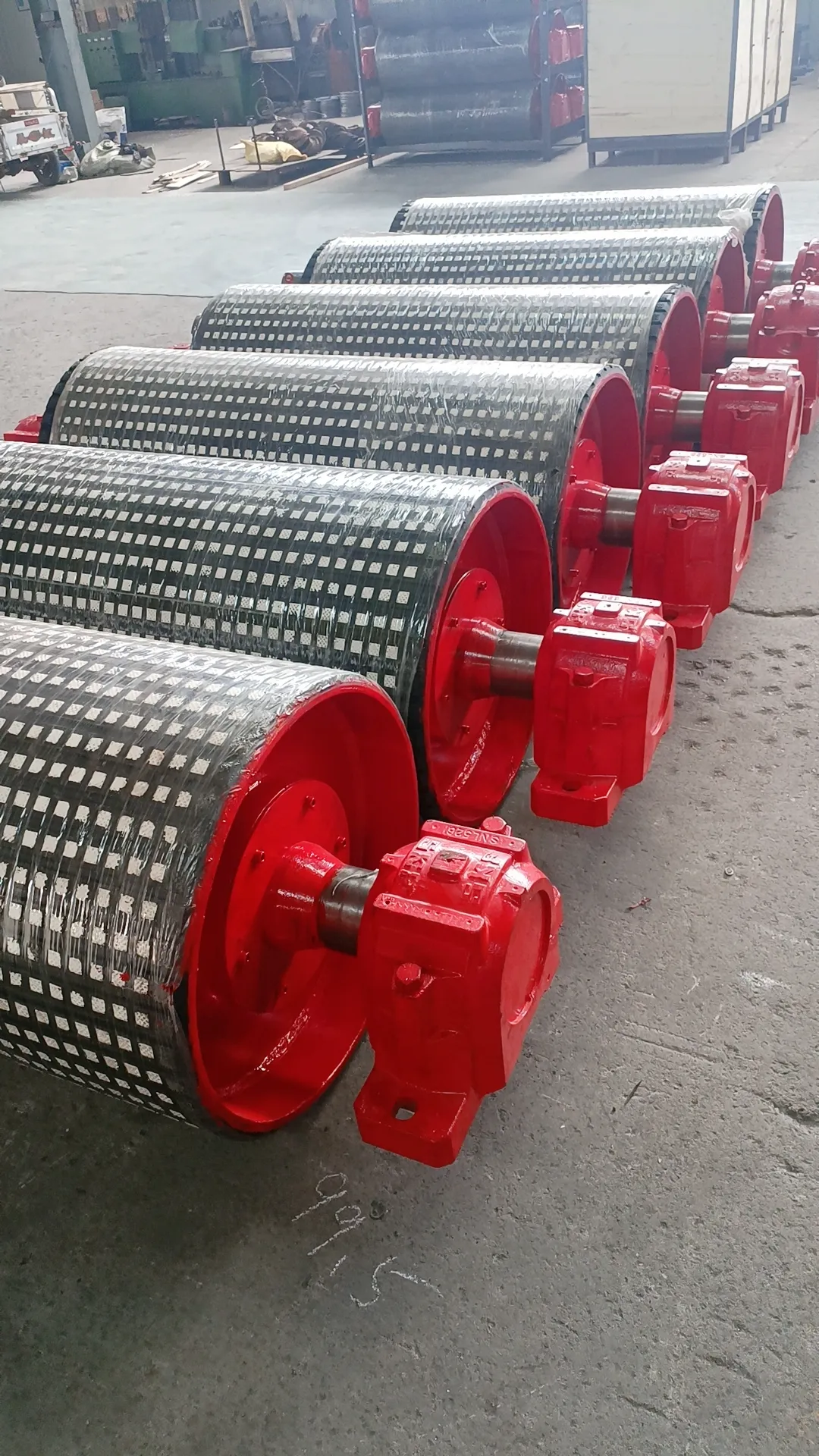 Afrikaans
Afrikaans  Albanian
Albanian  Amharic
Amharic  Arabic
Arabic  Armenian
Armenian  Azerbaijani
Azerbaijani  Basque
Basque  Belarusian
Belarusian  Bengali
Bengali  Bosnian
Bosnian  Bulgarian
Bulgarian  Catalan
Catalan  Cebuano
Cebuano  Corsican
Corsican  Croatian
Croatian  Czech
Czech  Danish
Danish  Dutch
Dutch  English
English  Esperanto
Esperanto  Estonian
Estonian  Finnish
Finnish  French
French  Frisian
Frisian  Galician
Galician  Georgian
Georgian  German
German  Greek
Greek  Gujarati
Gujarati  Haitian Creole
Haitian Creole  hausa
hausa  hawaiian
hawaiian  Hebrew
Hebrew  Hindi
Hindi  Miao
Miao  Hungarian
Hungarian  Icelandic
Icelandic  igbo
igbo  Indonesian
Indonesian  irish
irish  Italian
Italian  Japanese
Japanese  Javanese
Javanese  Kannada
Kannada  kazakh
kazakh  Khmer
Khmer  Rwandese
Rwandese  Korean
Korean  Kurdish
Kurdish  Kyrgyz
Kyrgyz  Lao
Lao  Latin
Latin  Latvian
Latvian  Lithuanian
Lithuanian  Luxembourgish
Luxembourgish  Macedonian
Macedonian  Malgashi
Malgashi  Malay
Malay  Malayalam
Malayalam  Maltese
Maltese  Maori
Maori  Marathi
Marathi  Mongolian
Mongolian  Myanmar
Myanmar  Nepali
Nepali  Norwegian
Norwegian  Norwegian
Norwegian  Occitan
Occitan  Pashto
Pashto  Persian
Persian  Polish
Polish  Portuguese
Portuguese  Punjabi
Punjabi  Romanian
Romanian  Russian
Russian  Samoan
Samoan  Scottish Gaelic
Scottish Gaelic  Serbian
Serbian  Sesotho
Sesotho  Shona
Shona  Sindhi
Sindhi  Sinhala
Sinhala  Slovak
Slovak  Slovenian
Slovenian  Somali
Somali  Spanish
Spanish  Sundanese
Sundanese  Swahili
Swahili  Swedish
Swedish  Tagalog
Tagalog  Tajik
Tajik  Tamil
Tamil  Tatar
Tatar  Telugu
Telugu  Thai
Thai  Turkish
Turkish  Turkmen
Turkmen  Ukrainian
Ukrainian  Urdu
Urdu  Uighur
Uighur  Uzbek
Uzbek  Vietnamese
Vietnamese  Welsh
Welsh  Bantu
Bantu  Yiddish
Yiddish  Yoruba
Yoruba  Zulu
Zulu non drive pulley
Understanding Non-Drive Pulleys An Essential Component in Mechanical Systems
Pulleys are fundamental mechanical devices used to alter the direction of force, reduce load, and facilitate the movement of materials and machinery. Among the different types of pulleys, non-drive pulleys play a crucial role in various applications, although their nature and function often go unnoticed. This article delves into the intricacies of non-drive pulleys, their design, functionality, and significance in mechanical systems.
What Is a Non-Drive Pulley?
A non-drive pulley, often referred to as a guide pulley or an idler pulley, is a pulley that does not actively drive or power a particular system but instead serves to guide, support, or redirect the belt or rope in a mechanical assembly. These pulleys are typically found in systems where the primary drive mechanism is powered by another pulley, often referred to as the drive pulley.
Non-drive pulleys can be made from various materials, including metal, plastic, or composite materials, depending on the application and load requirements. Their design may involve different diameters and surface textures, which help in the efficient movement of belts or ropes while minimizing friction and wear.
The Functionality of Non-Drive Pulleys
The primary functions of non-drive pulleys include
1. Directional Support Non-drive pulleys are often used to change the direction of a belt or rope, allowing for more flexible routing in tight or complicated spaces. For instance, in a conveyor system, guide pulleys direct the belt around corners and obstacles.
2. Belt Tensioning Non-drive pulleys can also help maintain the proper tension in a belt system. This is crucial for the efficiency and longevity of the mechanical assembly, as excessive slack can lead to slippage and increased wear on both the pulley and the belt.
3. Load Distribution By redistributing the load along different sections of a belt or rope, non-drive pulleys can enhance the performance and durability of conveyance systems. This helps in preventing localized stress, which could otherwise lead to premature failure of the components.
non drive pulley

4. Reducing Wear The use of non-drive pulleys can significantly reduce wear and tear in a system by minimizing friction. Properly designed non-drive pulleys allow for smoother motion, thereby extending the lifespan of belts, ropes, and the pulleys themselves.
Applications of Non-Drive Pulleys
Non-drive pulleys are ubiquitous in various industries and applications. Some notable examples include
- Manufacturing Systems In production lines, non-drive pulleys guide conveyor belts along their paths, helping move materials from one stage of manufacturing to another.
- Elevators and Lifts In elevator systems, non-drive pulleys are used to guide the hoisting cables and maintain proper tension, ensuring safe and efficient operation.
- Automotive Applications In the automotive sector, non-drive pulleys are integral to timing belt systems, where they assist in guiding belts that synchronize engine components without providing direct drive.
- Agricultural Machinery Many farming machines, such as balers and harvesters, use non-drive pulleys to efficiently manage the movement of various components while minimizing wear on mechanical parts.
Conclusion
Non-drive pulleys may not be in the limelight like their drive counterparts, but their importance in mechanical systems cannot be overstated. By providing directional support, maintaining belt tension, redistributing load, and reducing wear, they enhance the efficiency and reliability of various applications across multiple industries. As technology continues to evolve, the design and materials used in non-drive pulleys will likely advance, further improving their effectiveness and driving innovation in machinery design. Understanding these mechanical components better can lead to more effective system designs and operational efficiencies in industries reliant on pulleys and mechanical drives.
-
Revolutionizing Conveyor Reliability with Advanced Rubber Lagging PulleysNewsJul.22,2025
-
Powering Precision and Durability with Expert Manufacturers of Conveyor ComponentsNewsJul.22,2025
-
Optimizing Conveyor Systems with Advanced Conveyor AccessoriesNewsJul.22,2025
-
Maximize Conveyor Efficiency with Quality Conveyor Idler PulleysNewsJul.22,2025
-
Future-Proof Your Conveyor System with High-Performance Polyurethane RollerNewsJul.22,2025
-
Driving Efficiency Forward with Quality Idlers and RollersNewsJul.22,2025





























